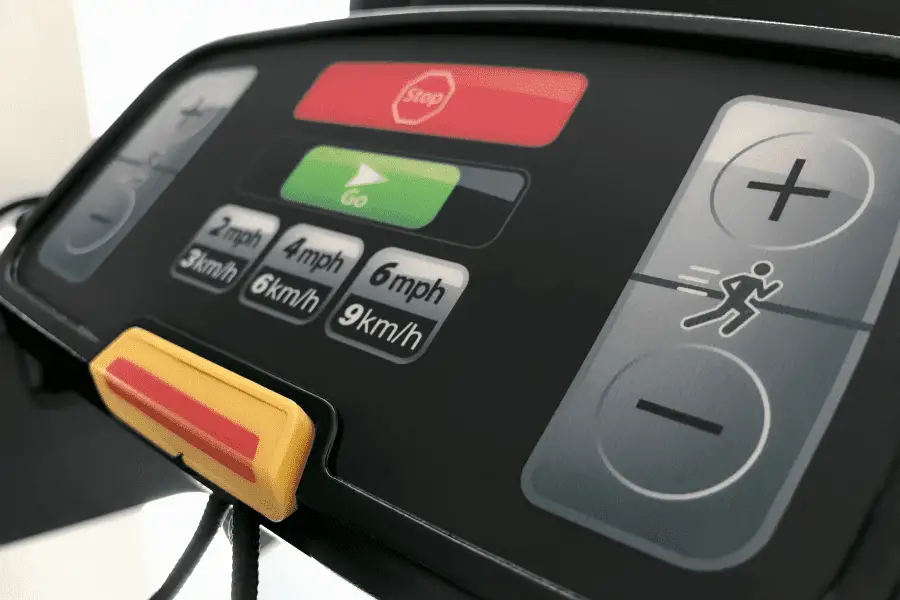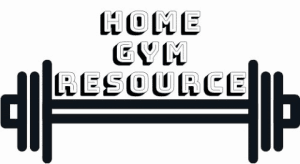Treadmills come in various types, each tailored to specific fitness goals and lifestyles. Whether you’re seeking an efficient workout, rehabilitation support, or advanced training, there’s a treadmill type for you.
It’s good to know what’s out there when buying a treadmill. You might discover one that’s perfect for your needs. Let’s take a look at the 10 most common types.
Contents
Treadmill Types
There are tons of different treadmills. Below you can see a list of the 10 most common ones. These are the most common types.
Tip: These types aren’t mutually exclusive. For example, both manual and motorized treadmills can also have folding decks. Under desk mills can also fold, etc. Look for a treadmill that has the combination of features you need.
Below we’ll get into what these types are exactly, who they’re for, and the pros and cons of each type.
1. Manual Treadmills
Manual treadmills don’t have a motor to move the belt. Your own leg movement will be used to move the belt. This type of treadmill is often the cheapest, smallest, and lightest. They’re quite limited in functionality. There are no programs and screens.
While they’re the cheapest way to get into shape in your home, they are a bit too limited for most people. Especially since the top speed of most manual treadmills is about 4 miles an hour. This means you can only walk at a brisk pace but not run.
However, there are high-end manual treadmills that can be used at high speeds. However, they cost more than a good motorized treadmill.
2. Motorized Treadmills
This is what most people have in mind when they think about a treadmill. A motor moves the belt you’re walking on. This means you have to keep up with the machine instead of keeping the machine moving. There is a wide variety of machines in this category.
Some are very high quality while some are cheap. They can come with basic controls or large screens with hundreds of different programs. For most people, a motorized treadmill will be the right choice
Need a good spot to put your treadmill? Click here to find the best places and why..
3. Folding Deck Treadmills
Folding deck treadmills are great space savers. The deck you walk on can fold up so you can use the floor space for something else. Great for small home gyms! They come in both manual and motorized forms.
If you’re looking for a treadmill for a home gym, definitely keep an eye out for this type of functionality.
4. Non-Folding Deck
While many treadmills have folding decks, many don’t. That means you can’t make them any more compact for storage.
The benefit is that the frame can be made stronger and heavier since you don’t have to be able to lift the deck. If you’re looking for compact, these aren’t for you. However, if you got enough space and are just looking for something strong and sturdy, non-folding treadmills are generally a better choice.
5. Commercial Treadmills
Commercial treadmills are heavy-duty, non-folding models designed for use in gyms and fitness centers. They are built to endure constant, high-intensity workouts and provide exceptional durability and reliability.
With powerful motors and advanced features, they offer an enhanced exercise experience for a wide range of users. Commercial treadmills are ideal for facilities with a large number of patrons and provide long-lasting performance even in demanding settings.
6. Curved Treadmills
Curved treadmills are self-powered, manual machines with a curved deck that offers a unique and eco-friendly workout experience. The curved deck makes this treadmill feel more natural than a flat one while also promoting better posture.
Users control the speed by their own effort, making it an excellent choice for those who prefer an electricity-free fitness option. They aren’t really suited for walking though. These are built for a tough workout and work especially well with HIIT-style workouts.
Curved treadmills are generally harder to run on than a normal treadmill but that might just be what you’re looking for.
While they provide a natural running form and full-body engagement, they may be challenging for beginners and generally come at a higher price point than traditional motorized treadmills.
7. Under-Desk Treadmills
Under-desk treadmills are compact, portable, and quiet machines designed for use in office or home office settings. They encourage light physical activity while working and offer a solution to counteract the health risks associated with prolonged sitting. They generally just have a walking belt and no frame or console. That’s to be able to fit it under a desk.
While they are not intended for high-intensity workouts, they provide a convenient way to stay active and maintain productivity during desk-based activities.
8. Rehab Treadmills

Rehab treadmills are specialized for physical therapy and rehabilitation. They feature low speeds, handrails, and safety harnesses for patients. These treadmills provide a controlled and safe environment for individuals recovering from injuries, surgeries, or medical conditions. They prioritize safety and support during the rehabilitation process.
9. High-Incline Treadmills

High-incline treadmills are designed to simulate uphill running or walking. They offer steeper inclines than regular treadmills, targeting specific leg muscles and enhancing cardiovascular workouts. These treadmills are suitable for users looking to intensify their training, improve endurance, and focus on lower body strength.
10. High-Speed Treadmills

High-speed treadmills are built for advanced athletes and professional runners. They offer faster maximum speeds, typically exceeding 12 mph. These treadmills support high-intensity workouts, sprint training, and interval running. They cater to experienced users seeking to improve speed, agility, and racing performance.









